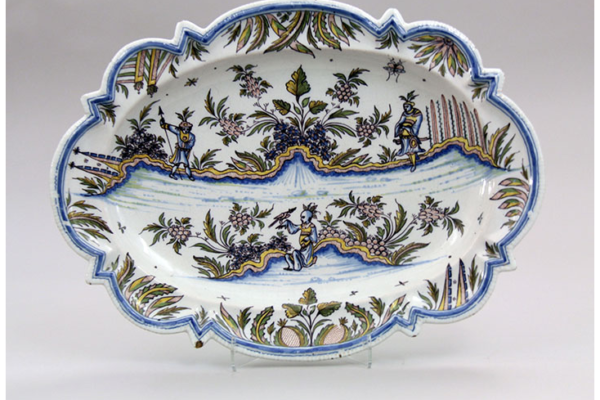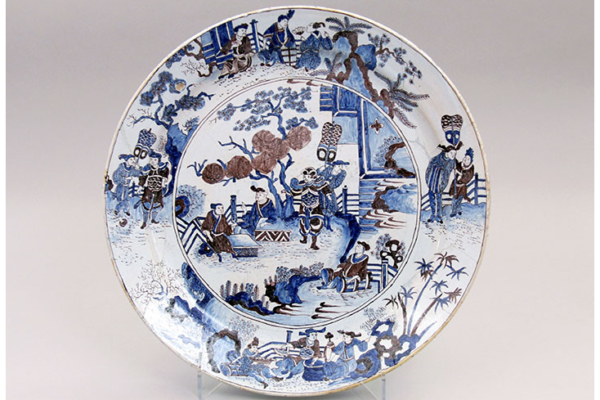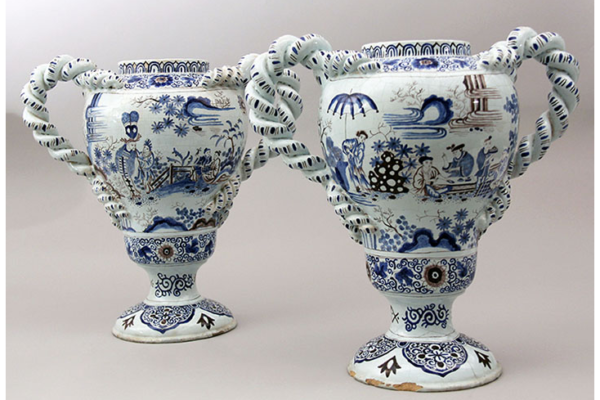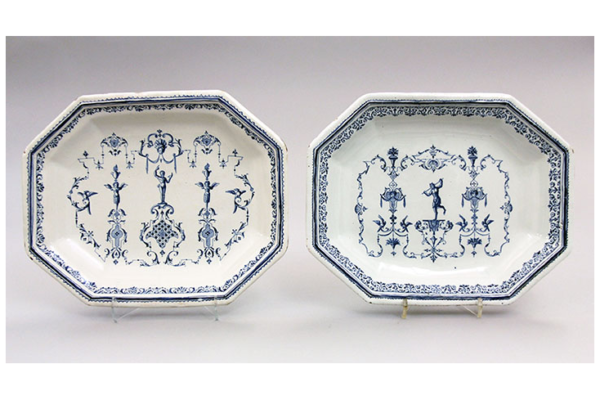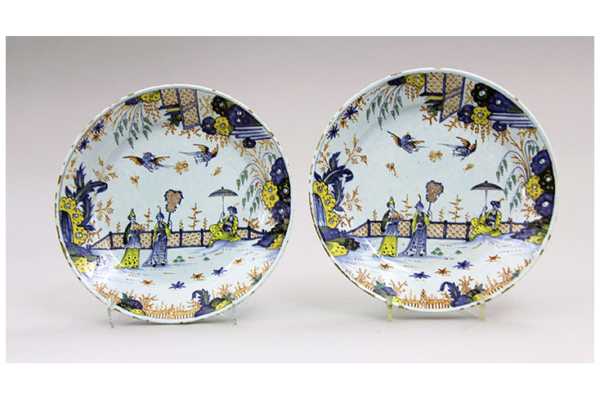Event Navigation
The Art of Everyday: Faience In 17th And 18th Century France
The Gardiner Museum brings together people of all ages and backgrounds through the shared values of creativity, wonder, and community that clay and ceramic traditions inspire.

- This event has passed.
The Art of Everyday: Faience In 17th And 18th Century France
August 22, 2013 - January 5, 2014
This focus exhibition documents the rise of the faience industry in 17th and 18th-century France. Appreciated at all levels of society, faience (tin-glaze earthenware) provided a less costly, yet still highly refined and elegant alternative to porcelain.
Featuring approximately 40 objects for everyday use and ornamental wares, this exhibition surveys the production of the foremost faience centres, including Nevers, Rouen, Marseille, Moustiers and Strasbourg. The selection will offer insights into the social life and customs of the time, while reflecting the assimilation of technological advances and aesthetic influences that converged into France; from the initial introduction of the medium by Italian potters, to the diffusion of stylistic models from the Netherlands and the impact of cultural contacts with Asia.
The pieces featured in this exhibition were recently donated to the Gardiner Museum by Pierre Karch and Mariel O’Neill-Karch, and now constitute one of the rare collections of French faience in a public institution in North America.

